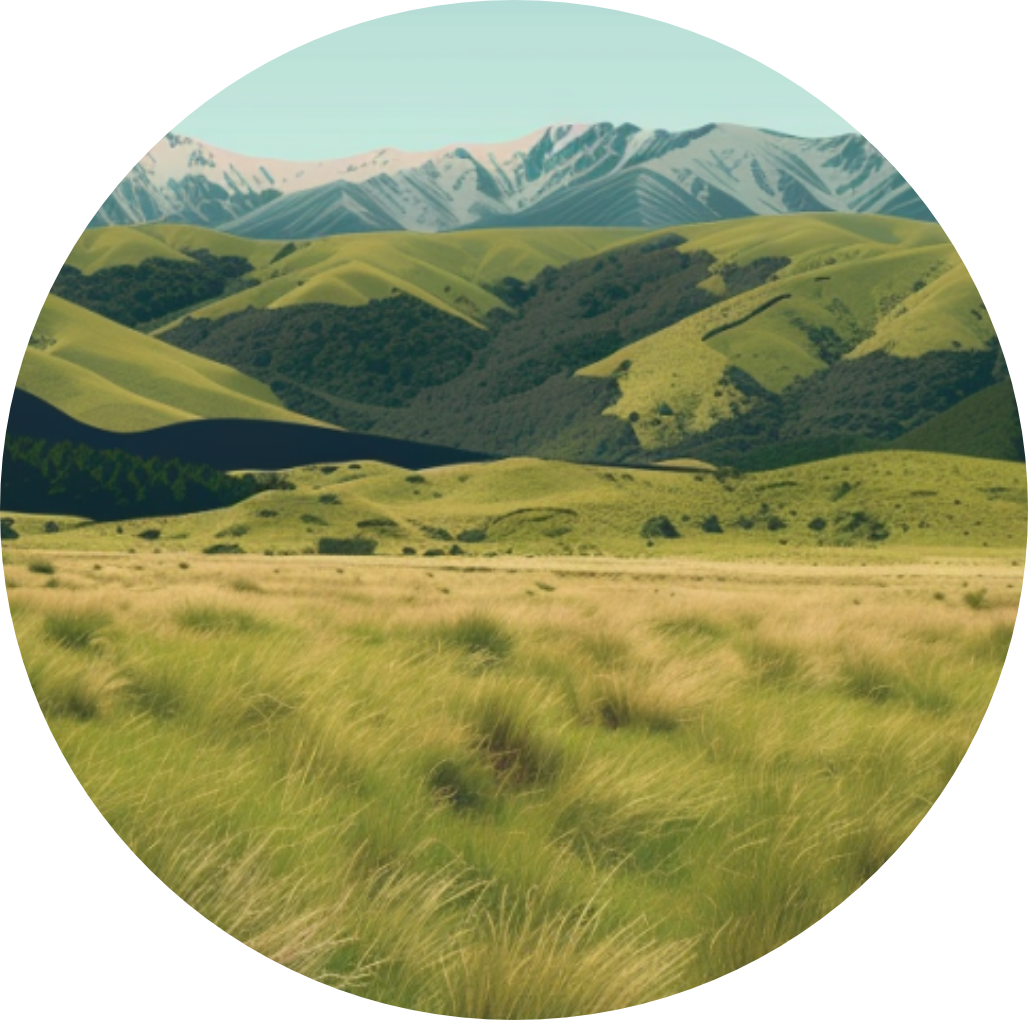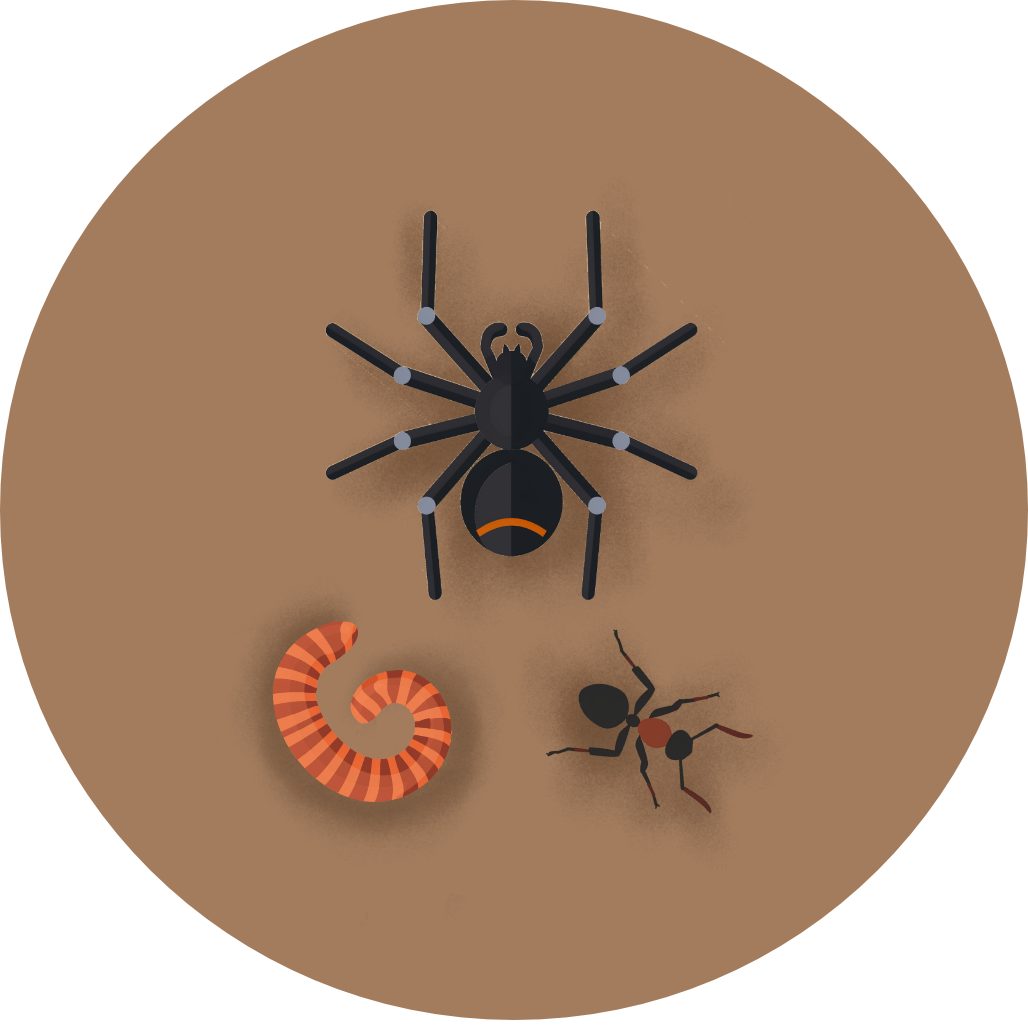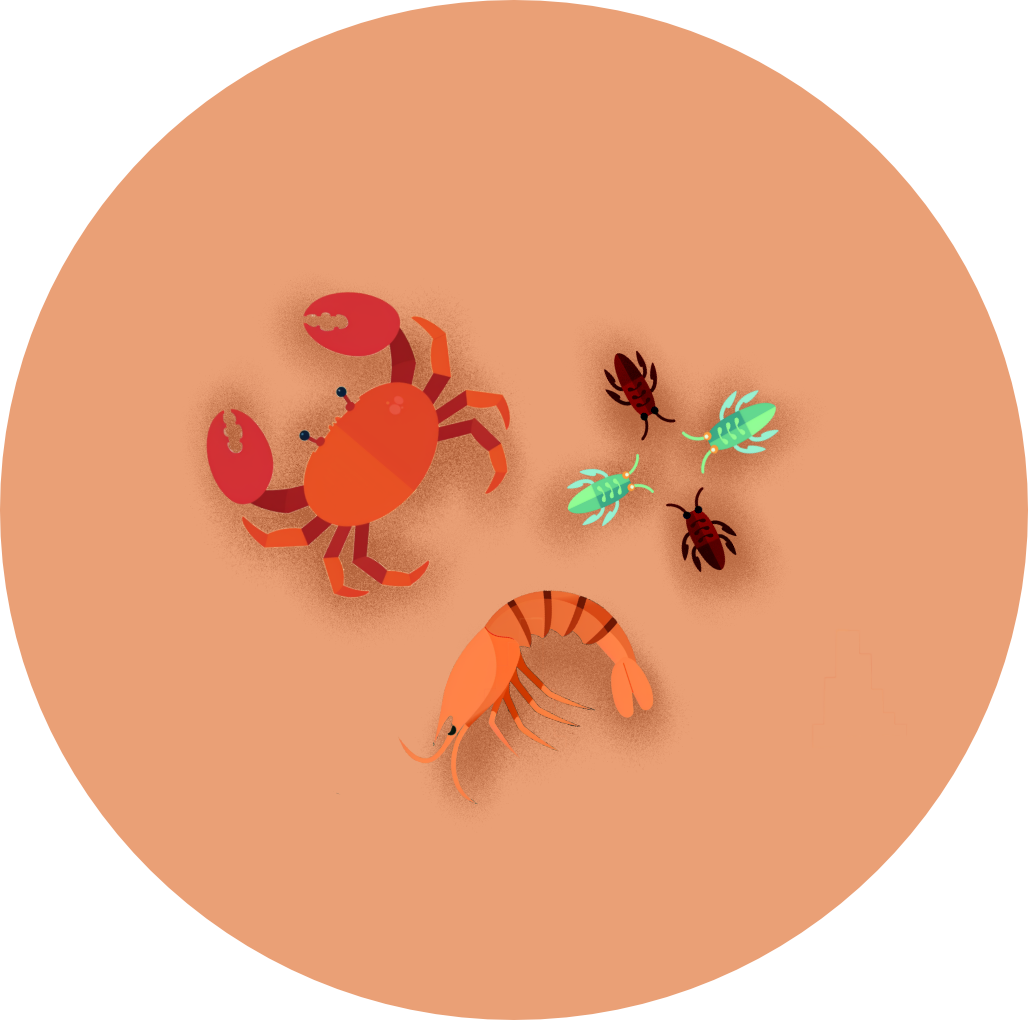
Snares Island Snipe
Coenocorypha huegeli


Coenocorypha huegeli

The Subantarctic Snipe, known as Tutukiwi in Māori, is a charming little wader found only on New Zealand's subantarctic islands. About the size of a blackbird, this well-camouflaged bird has a plump body, short legs, and a long, probing bill. Its elusive nature makes spotting one a true delight for birdwatchers.
1. Long, straight bill about 5 cm long, used for probing the ground.
2. Cryptic brown plumage with black and reddish-brown mottling for excellent camouflage.
3. Short, whirring flights when disturbed, quickly returning to ground cover.
Subantarctic Snipes perform a unique nocturnal aerial display called 'hakawai', involving both vocal calls and a roaring sound made by their tail feathers. They typically lay 1-2 eggs in ground nests, with both parents sharing incubation duties. These birds are vulnerable to introduced predators, which have caused their extinction on some islands.
Look for Subantarctic Snipes on the ground in dense vegetation on the Auckland, Antipodes, and Campbell Islands. They're most active at dawn and dusk, preferring tussock grasslands, herbfields, and areas with low shrubs or ferns. When spotted, they often freeze in place, relying on their camouflage. Tip: Walk slowly and quietly through suitable habitat, watching for movement in the undergrowth.
The Subantarctic Snipe holds a special place in New Zealand's natural history. Known as Tutukiwi to Māori, it represents the resilience of native species. The recent natural recolonization of Campbell Island by snipes, after rats were eradicated, is a celebrated conservation success story that gives hope for other endangered species.
22 cm
109 g




Coming Soon!
Top birding locations will be available in a future update.